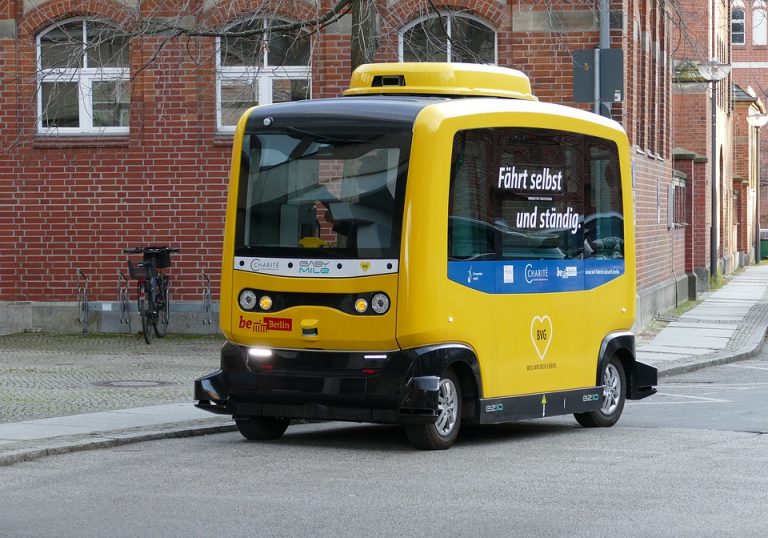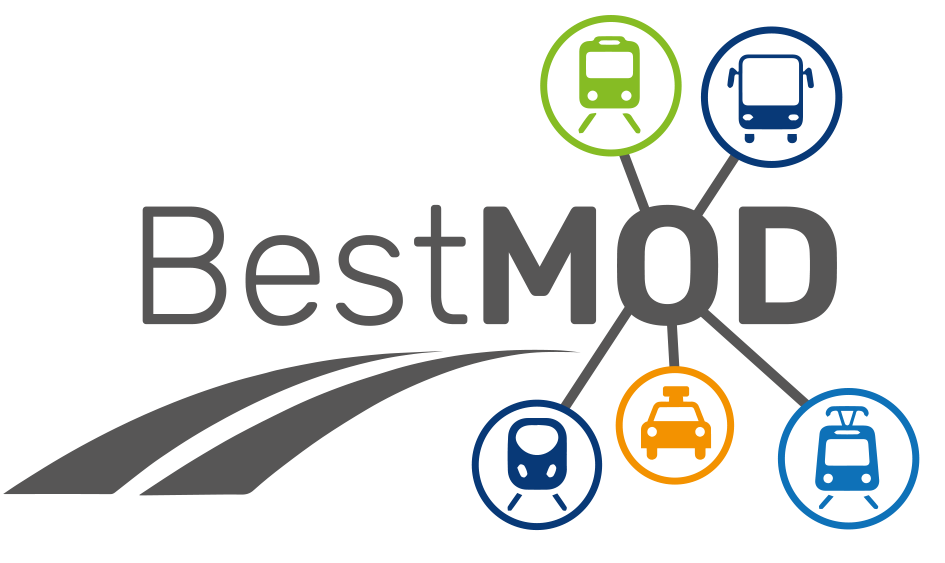
Mobility on Demand - What’s that?
Mobility on Demand (also called Ridepooling, On-Demand-Transport or On-Demand-Ridesharing) is a mobility concept for the individualization of public transport. There is no fixed timetable or line, but only a service area in which the start and destination of a trip correspond to the wishes of the passenger.
This transport service is generally available to all citizens after a one-off registration and is operated by cars or minibuses. Bookings and payments are completed via smartphone app and can be arranged immediately before the journey begins.
The routes are laid out using an algorithm in such a way that several people who want to travel in the same direction are collected with only minor detours and share the journey. The aim is to achieve an average occupancy rate of 3-4 people. In comparison, the occupancy rate in private motorized transport is around 1.2 persons per vehicle.
(VCD-Position, On-Demand-Ridesharing: Nur als Teil des ÖPNV eine Chance für die Verkehrswende, Seite 2)
Additional articles on the topic

Advantages and disadvantages of on-demand transportation
With space for 6 passengers and a purely electric engine, London Electric Vehicle Cabs from various providers already travel through many major German cities without a timetable and only on demand. However, studies indicate that only a small proportion of users leave their own car behind for this service.
Read more about the solutions analyzed in this study here.
More content to follow.
Outlook on automation
Public transport companies already have a shortage of drivers today, and this will increase in the coming years. Automated vehicles must therefore be used to expand public transport services.
You can find out how these vehicles work, what safety standards they already meet in real-world laboratories and why they are not yet in widespread use here.
More content to follow.


